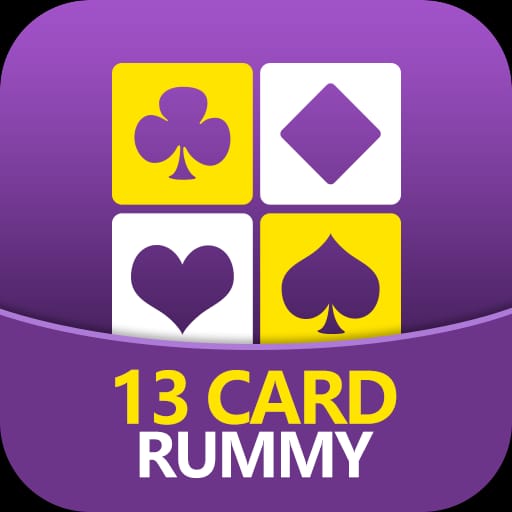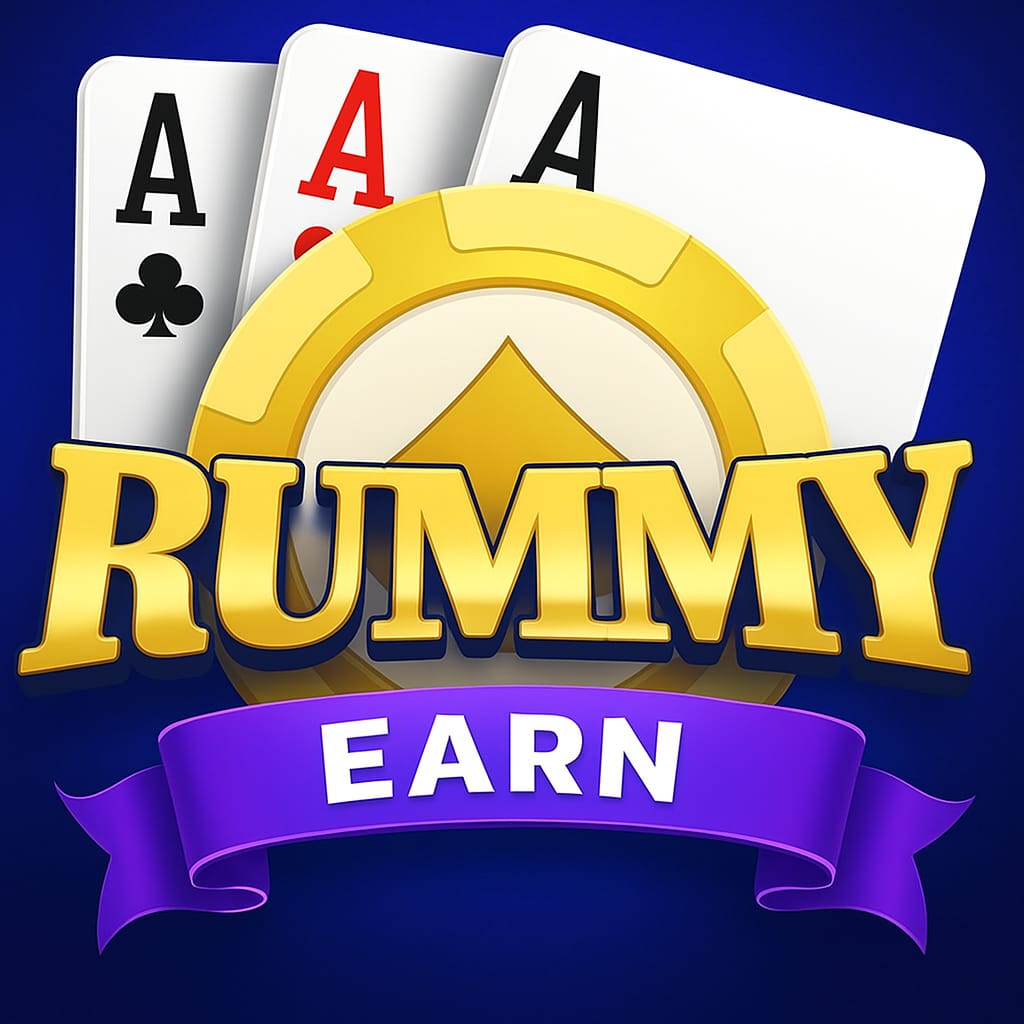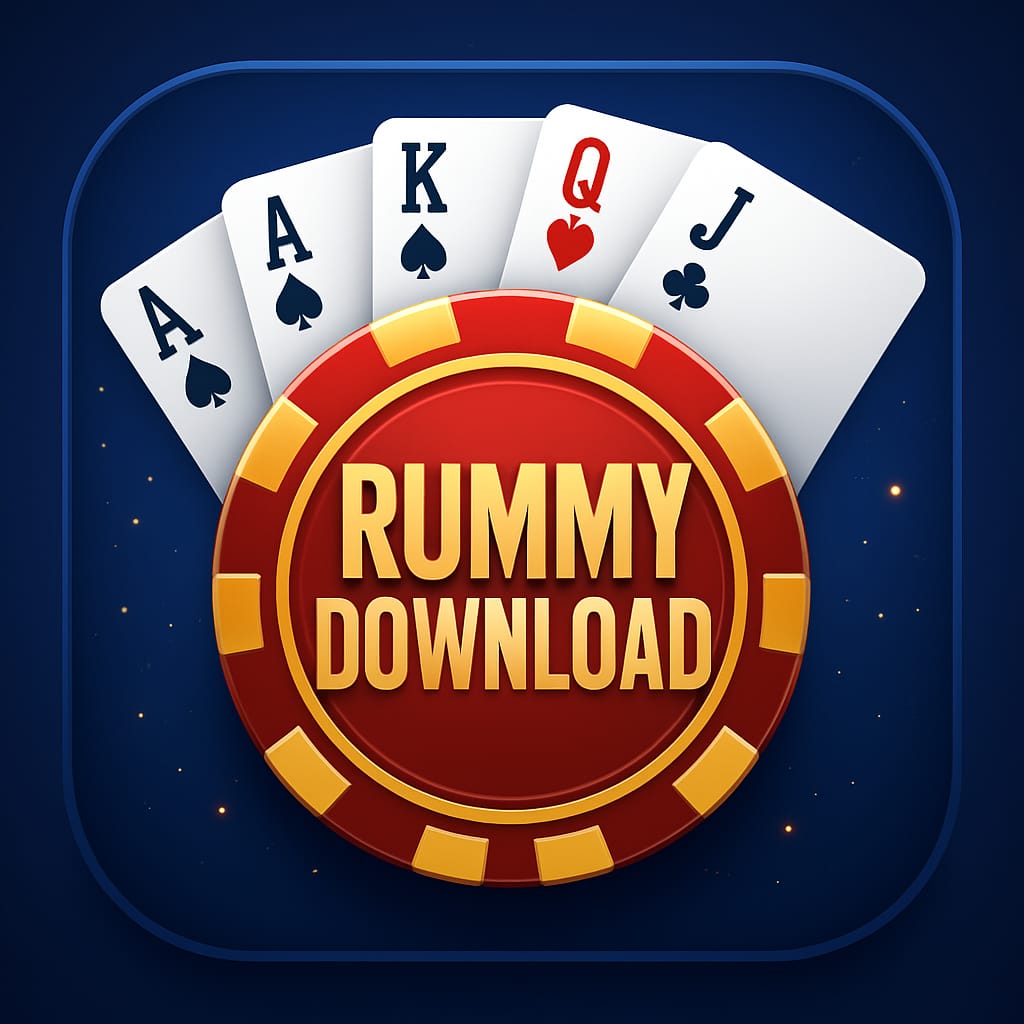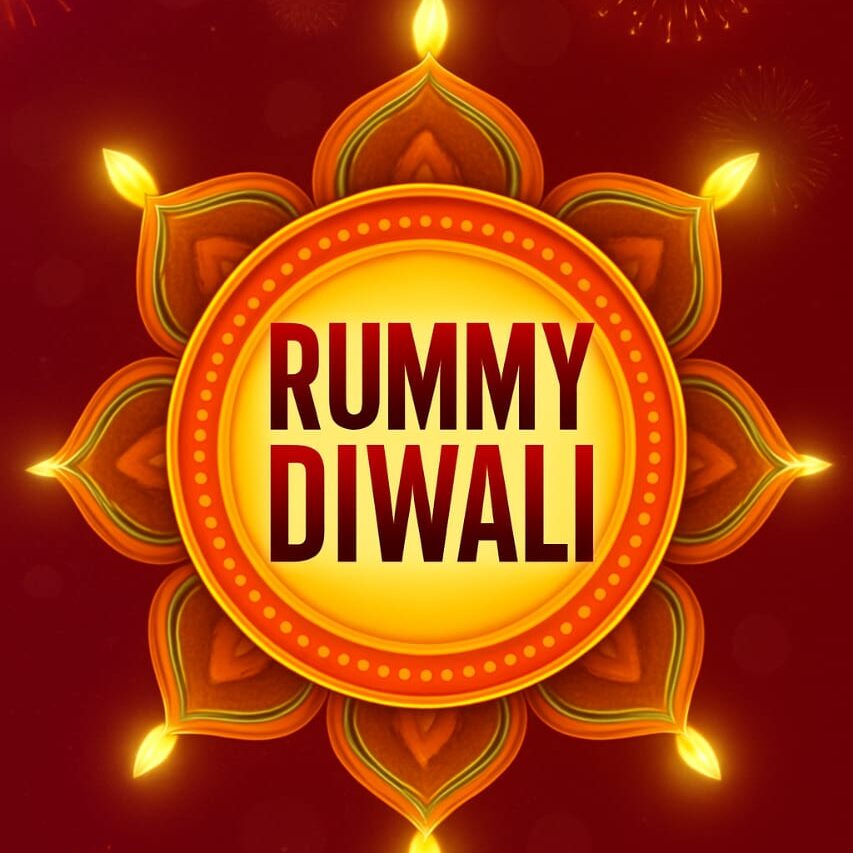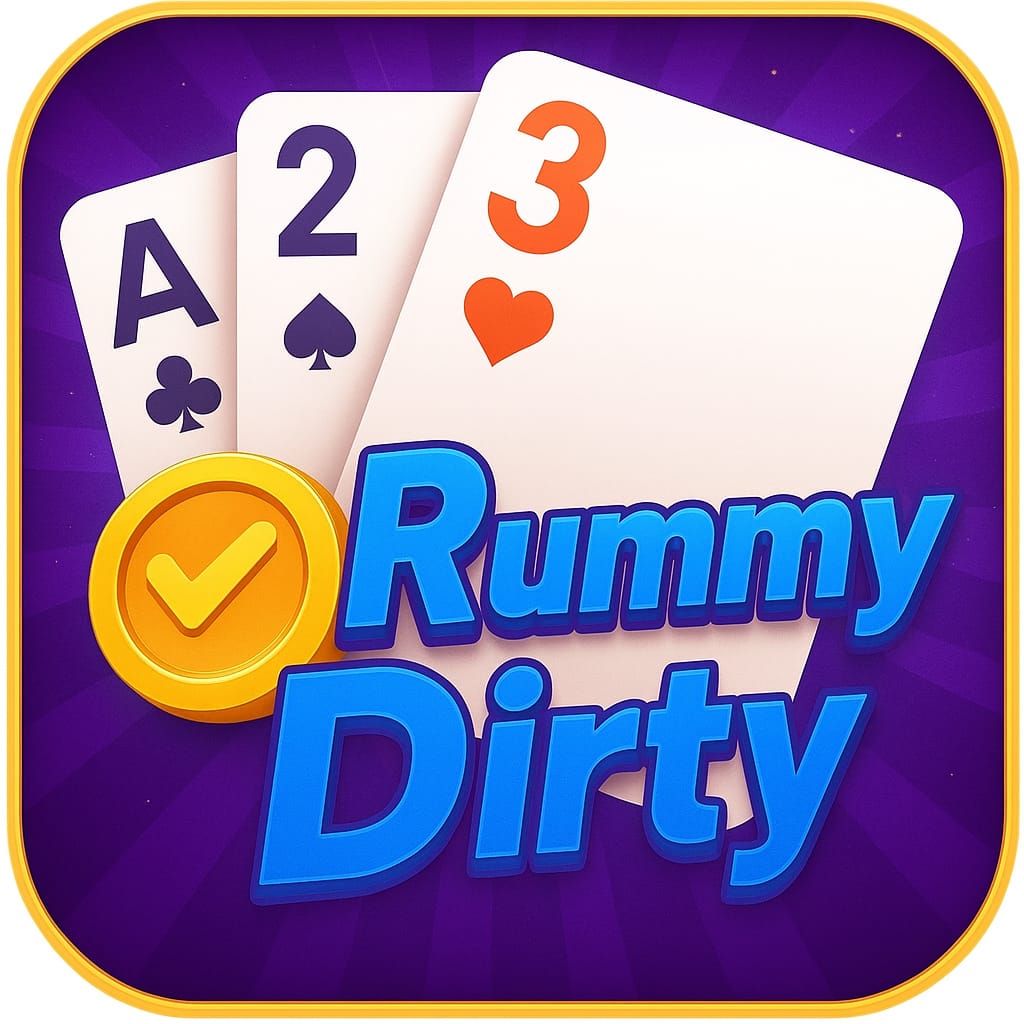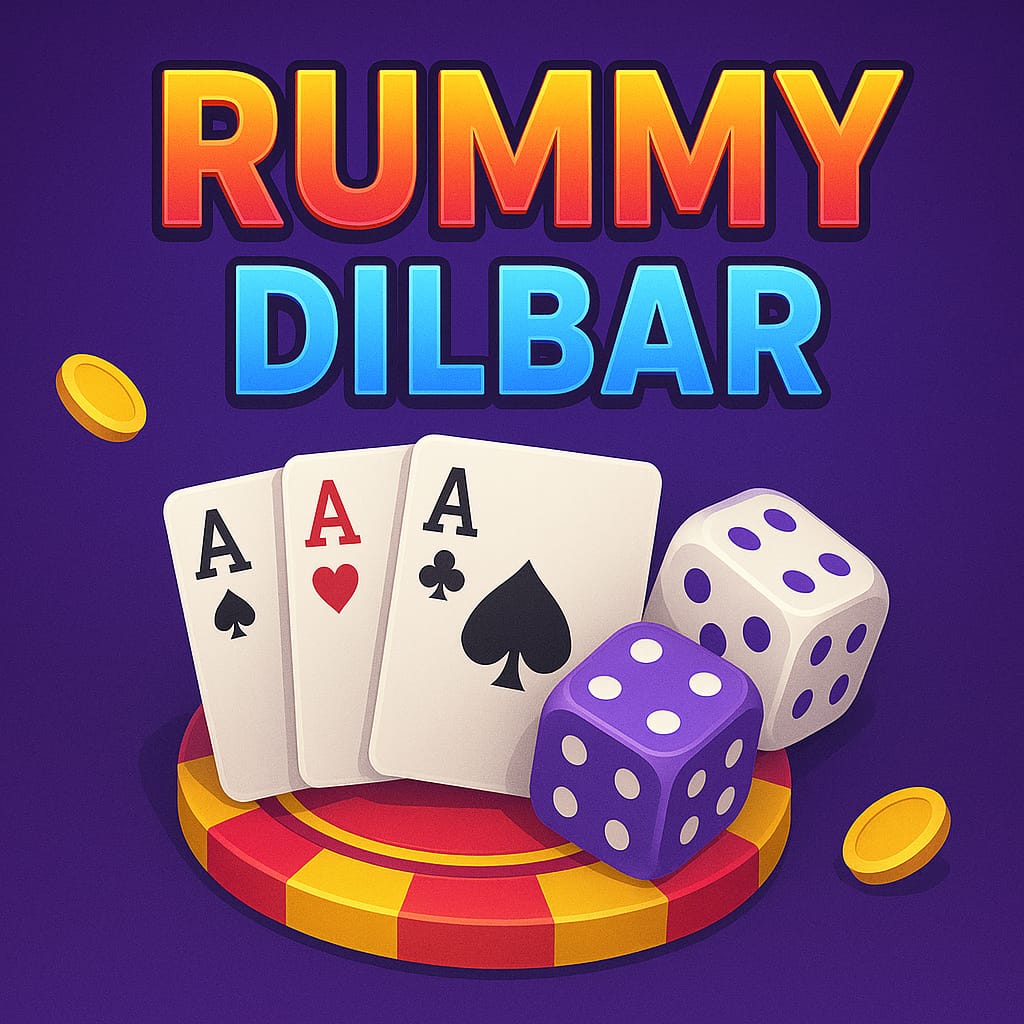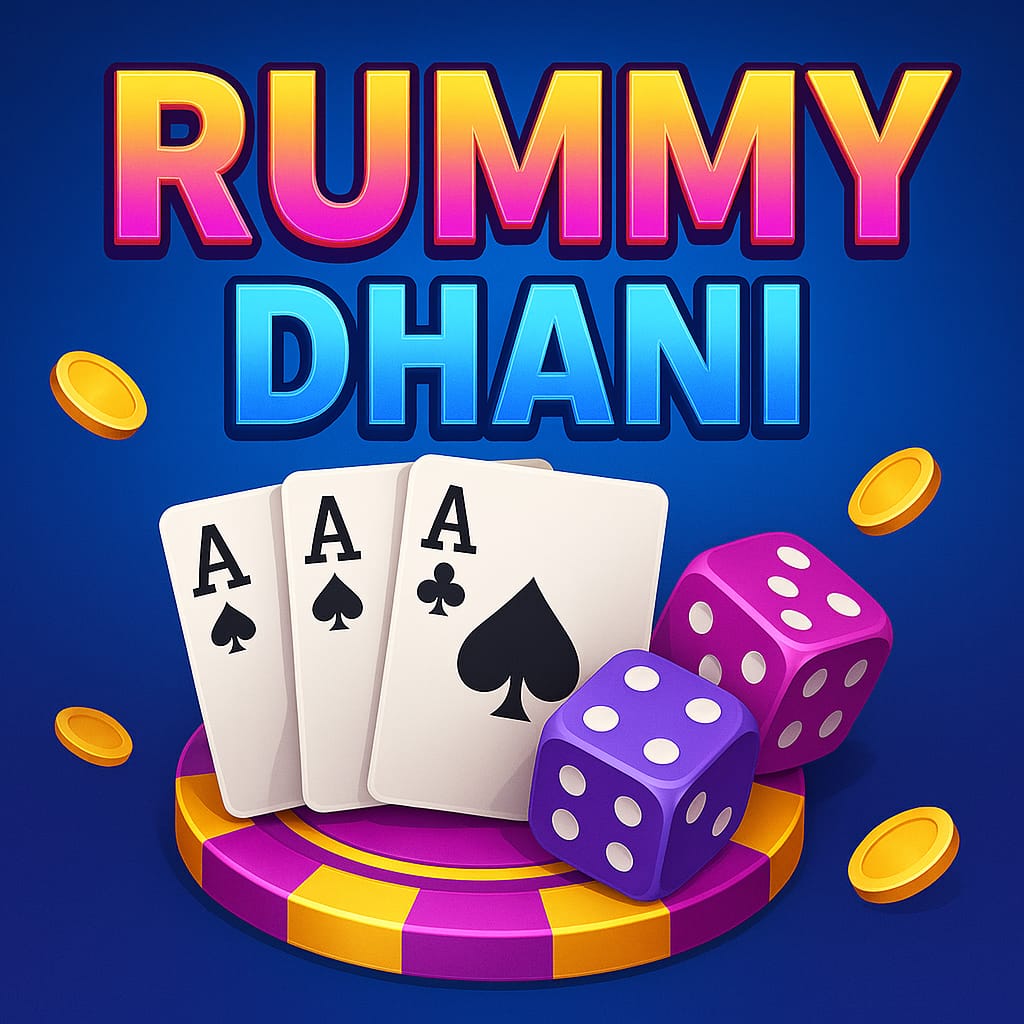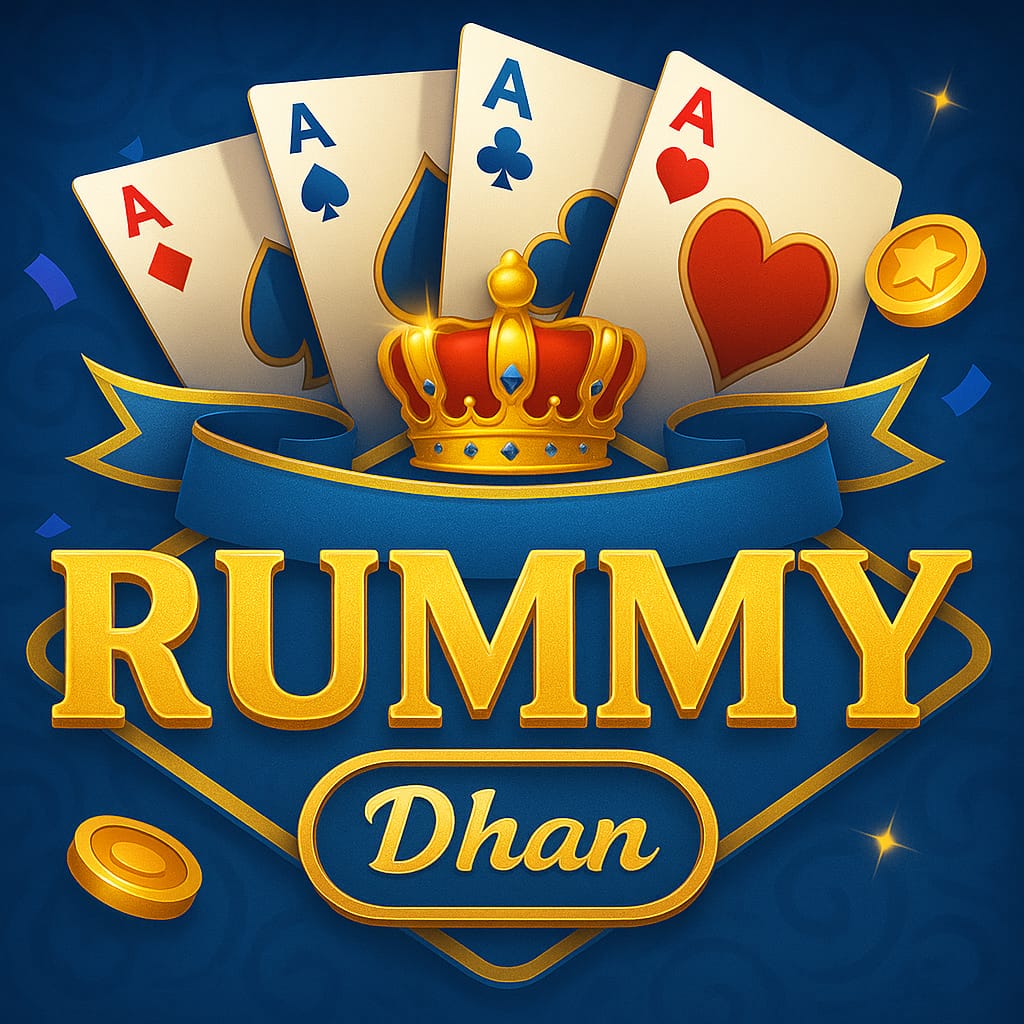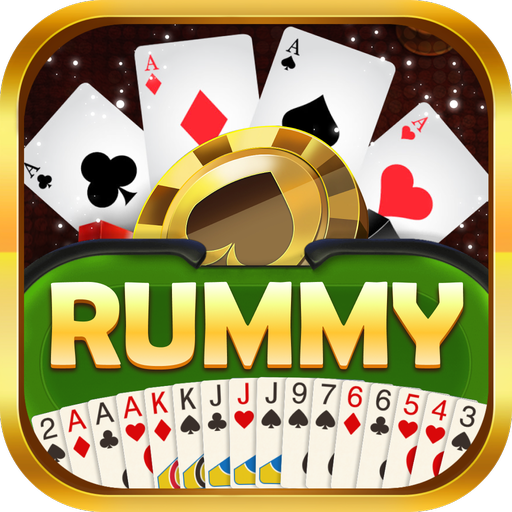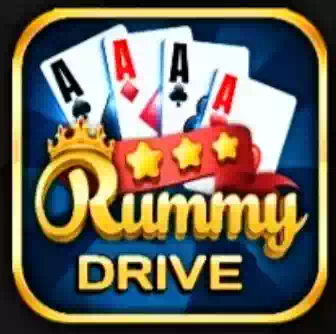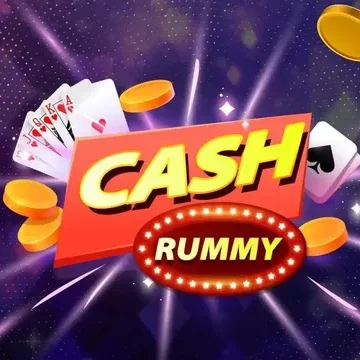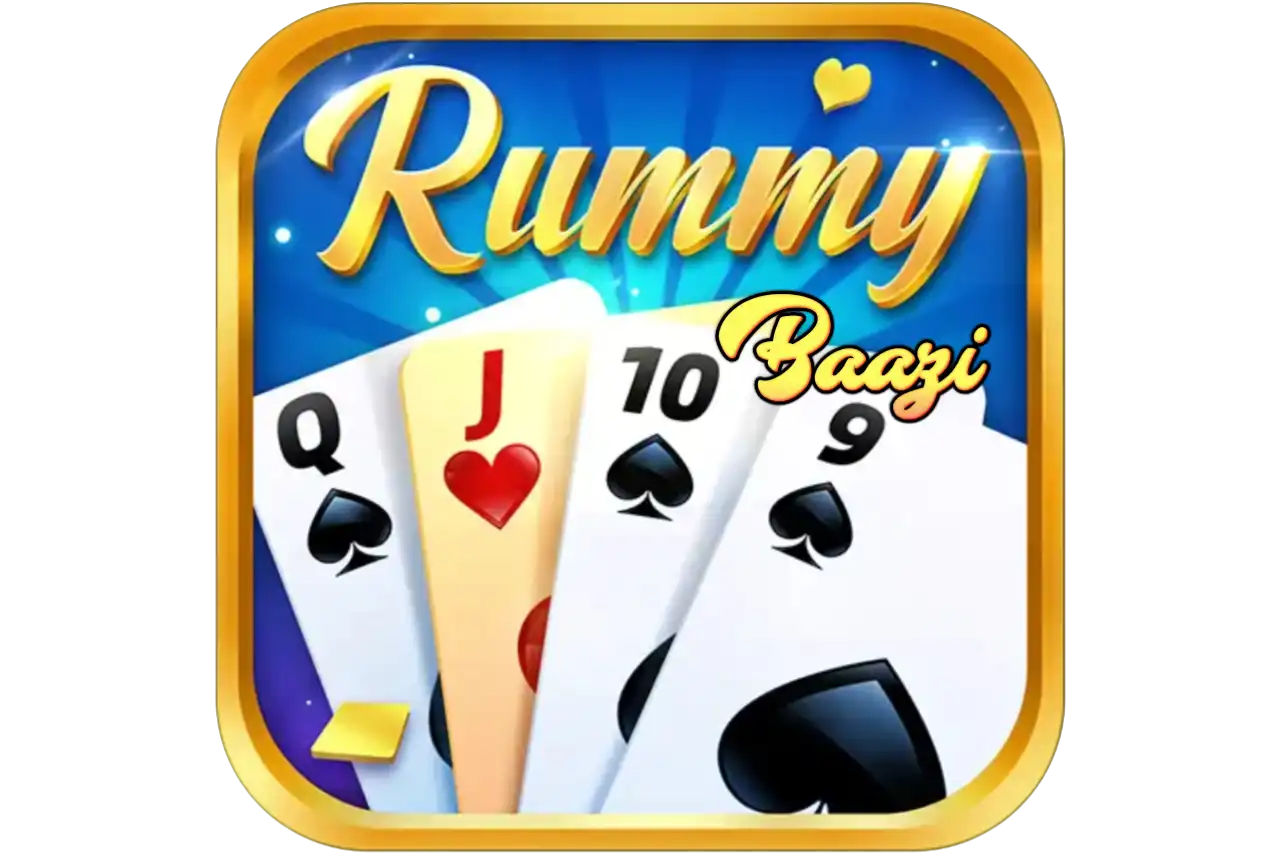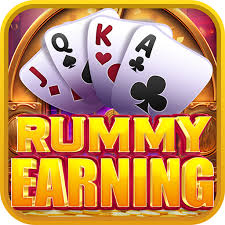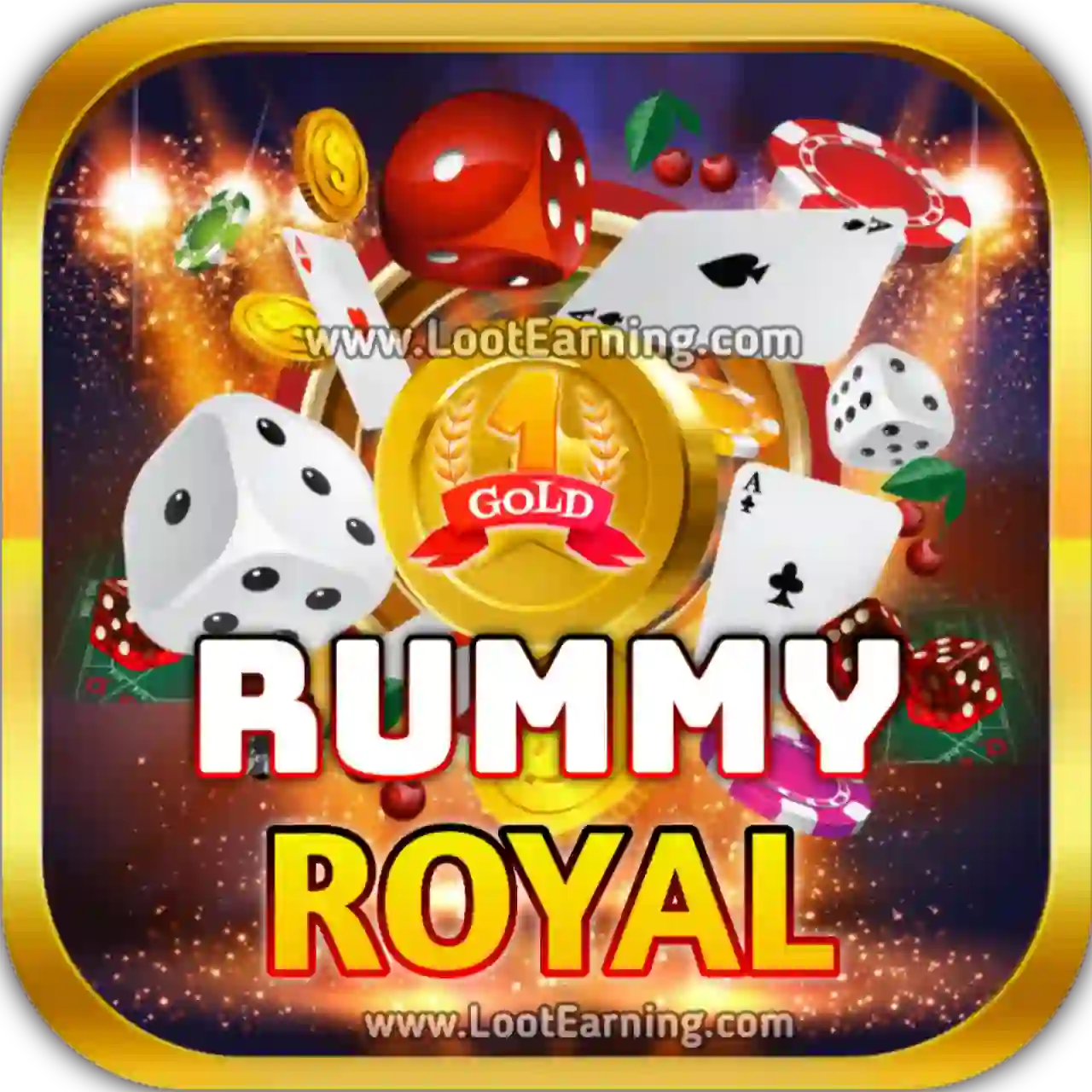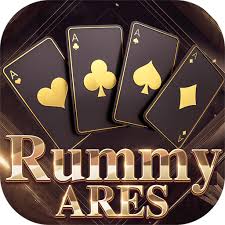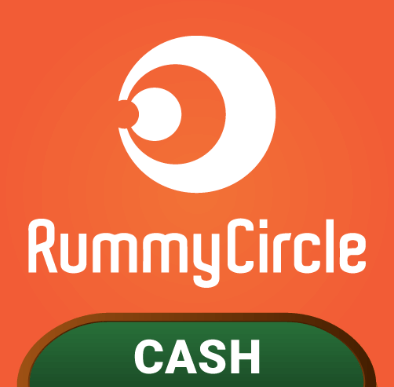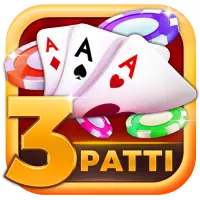Sure! Here’s a detailed and engaging article about 13 Cards Rummy:
—
13 Cards Rummy: India’s Classic Card Game of Skill and Strategy
Among the many traditional card games played across India, 13 Cards Rummy stands out as one of the most beloved and skill-based formats. Whether it’s during festivals, family gatherings, or online gaming platforms, this version of Rummy has captured the hearts of millions. Also Download Happy Teen Patti
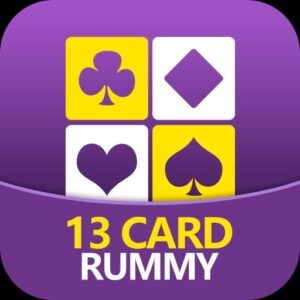
Known for its simple rules yet deep strategic gameplay, 13 Cards Rummy is not just a game of luck—it’s a mind game where observation, planning, and timing matter.
—
What is 13 Cards Rummy?
13 Cards Rummy is a popular Indian variation of the traditional Rummy game, where each player is dealt 13 cards, and the objective is to form valid sequences and sets. A typical game is played between 2 to 6 players using two standard decks of 52 cards each (plus jokers).
To win, a player must arrange their cards into at least two sequences, out of which one must be a pure sequence (without jokers). The rest of the cards can be arranged into valid sets or additional sequences.
—
Key Terms in 13 Cards Rummy
Sequence: A group of three or more consecutive cards of the same suit.
Example: 5♠, 6♠, 7♠
Pure Sequence: A sequence with no jokers used.
Impure Sequence: A sequence that includes a joker.
Set: A group of 3 or 4 cards with the same rank but different suits.
Example: 8♠, 8♥, 8♦
Joker: Can be a printed joker or a randomly selected wild card used to replace missing cards in sets or impure sequences.
—
Objective of the Game
To declare and win in 13 Cards Rummy, a player must:
1. Form at least two sequences, including one pure sequence.
2. Arrange all 13 cards into valid sequences and/or sets.
3. Make a valid declaration before the opponents.
—
How to Play 13 Cards Rummy (Step-by-Step)
1. Card Distribution: Each player is dealt 13 cards.
2. Draw & Discard: Players take turns picking a card from the open or closed deck and discarding one.
3. Forming Sequences and Sets: Players try to form valid combinations.
4. Declaration: When a player completes the objective, they make a declaration and the cards are validated.
5. Scoring: Points are calculated based on unmatched cards. Lower score = better. The winner gets 0 points.
—
Types of 13 Cards Rummy Games
Points Rummy: Fastest format where players play for points with a fixed rupee value.
Deals Rummy: Played for a fixed number of deals; the player with the most chips at the end wins.
Pool Rummy: Players keep playing until they reach a maximum point limit (101 or 201), and the last one standing wins.
—
Why 13 Cards Rummy is So Popular
Easy to Learn: The rules are simple, making it beginner-friendly.
Skill-Based: Involves strategy, observation, and decision-making.
Social Fun: Perfect for group play during festivals or online with friends.
Real Cash Gaming: Many online platforms allow you to play 13 Cards Rummy for real money.
Safe & Legal: Recognized as a skill-based game under Indian law, not gambling.
—
Tips to Win at 13 Cards Rummy
Always try to form the pure sequence first.
Discard high-point cards if they can’t be used.
Keep track of cards being picked or discarded by opponents.
Use jokers smartly to complete impure sequences or sets.
Don’t rush to declare—validate your hand carefully.
—
Final Thoughts
13 Cards Rummy is more than just a game—it’s a battle of wits, strategy, and patience. Whether you’re playing offline with family or online on gaming apps, the thrill of forming the perfect hand and declaring victory is unbeatable.
So if you haven’t played it yet, now’s the perfect time to shuffle the deck, deal the cards, and dive into one of India’s favorite card games!
—
Want this article repurposed for a blog, app guide, or video script? Just let me know! Also Download
Teen Patti Online
